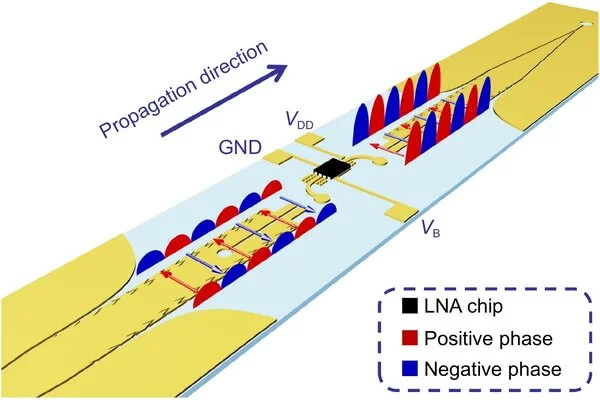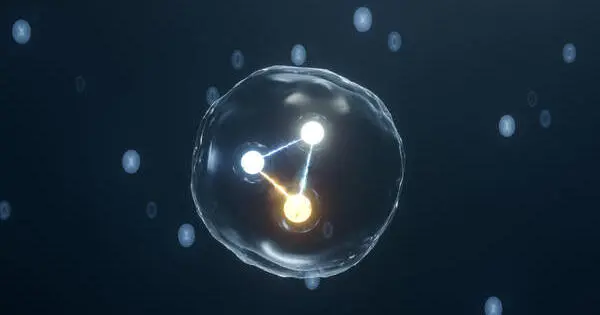Magnetic materials are widely used in modern technology. They play important roles in motors, generators, and transformers. This article describes various magnetic materials of technological importance, with an emphasis on recent developments.
Magnetic interactions discovered in the Kagome layered topological magnet TbMn6Sn6 may hold the key to customizing how electrons flow through these materials. Scientists from the U.S. Department of Energy’s Ames National Laboratory and Oak Ridge National Laboratory investigated TbMn6Sn6 in depth to better understand the material and its magnetic properties. These findings may have an impact on future technological advances in areas such as quantum computing, magnetic storage media, and high-precision sensors.
Kagomes are a type of material named after a traditional Japanese basket weaving technique. The weave creates a hexagonal pattern surrounded by triangles and vice versa. The weaving pattern is reproduced by the arrangement of the atoms in Kagome metals. This property causes electrons within the material to behave in unexpected ways.
Using this technique, the nature and strength of the various magnetic interactions present in the materials can all be mapped out. Usually what that means is that if you poke at it, you can get it to do different things. But what we found out in this material is that even though those competing interactions are there, there are other interactions that are dominant.
Rob McQueeney
The electronic properties of solid materials are governed by the characteristics of their electronic band structure. The geometry of the atomic lattice has a strong influence on band structure, and bands can take on unusual shapes such as cones. These special shapes, known as topological features, are responsible for the distinct behaviors of electrons in these materials. The Kagome structure, in particular, results in complex and potentially tunable electronic band features.
Using magnetic atoms to construct the lattice of these materials, such as Mn in TbMn6Sn6, can further help inducing topological features. Rob McQueeney, a scientist at Ames Lab and the project leader, explained that topological materials “have a special property where under the influence of magnetism, you can get currents which flow on the edge of the material, which are dissipationless, which means that the electrons don’t scatter, and they don’t dissipate energy.”

To better understand the magnetism of TbMn6Sn6, the researchers used calculations and neutron scattering data from the Oak Ridge Spallation Neutron Source. The experimental technique used by the team was explained by Simon Riberolles, a postdoctoral research associate at Ames Lab and member of the project team. A beam of neutron particles is used in the technique to test the rigidity of the magnetic order. “Using this technique, the nature and strength of the various magnetic interactions present in the materials can all be mapped out,” he said.
They discovered that TbMn6Sn6 has competing interactions between the layers, or what is called frustrated magnetism. “So the system has to make a compromise,” McQueeney said, “Usually what that means is that if you poke at it, you can get it to do different things. But what we found out in this material is that even though those competing interactions are there, there are other interactions that are dominant.”
This is the first detailed study of TbMn6Sn6 magnetic properties to be published. “It’s always exciting in research when you discover you understand something new, or you measure something that has never been seen before, or was understood partially or in a different way,” Riberolles said.
McQueeney and Riberolles explained that their findings suggest that the material could potentially be tuned for specific magnetic properties, such as changing the Tb for a different rare earth element, which would alter the compound’s magnetism. This fundamental research paves the way for future advances in the discovery of Kagome metals.





